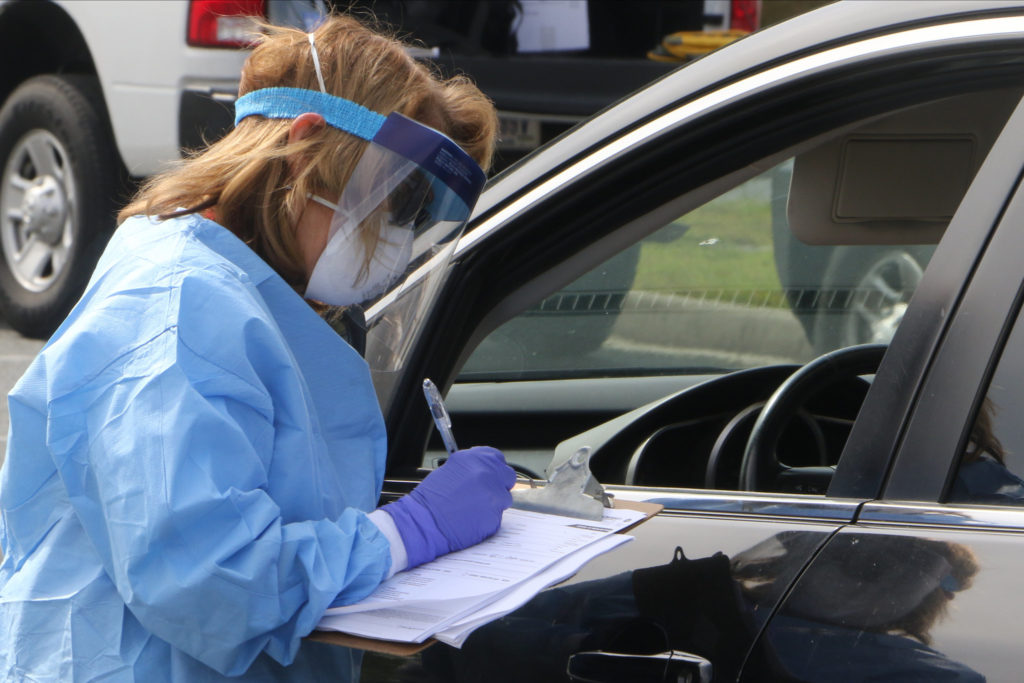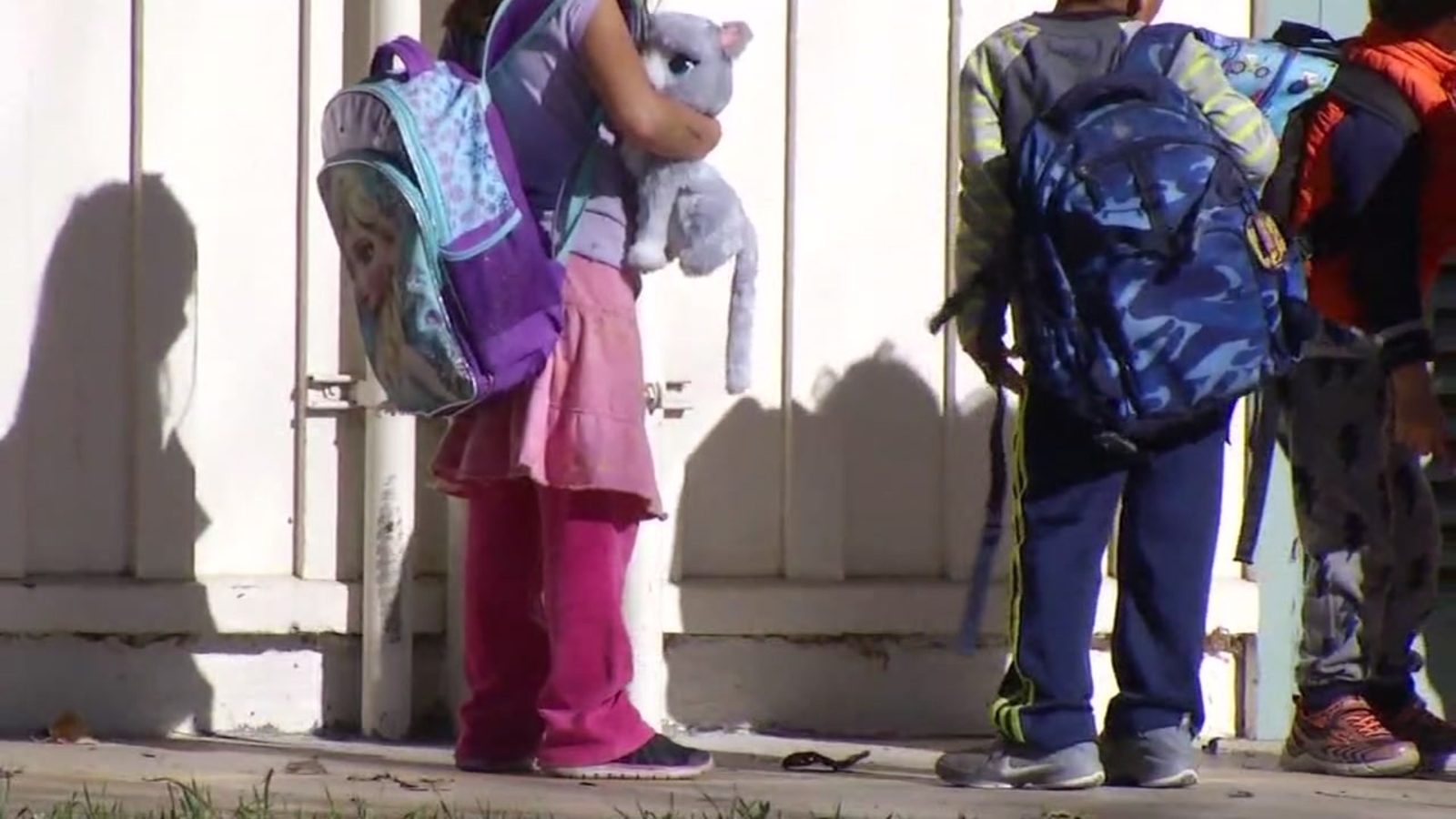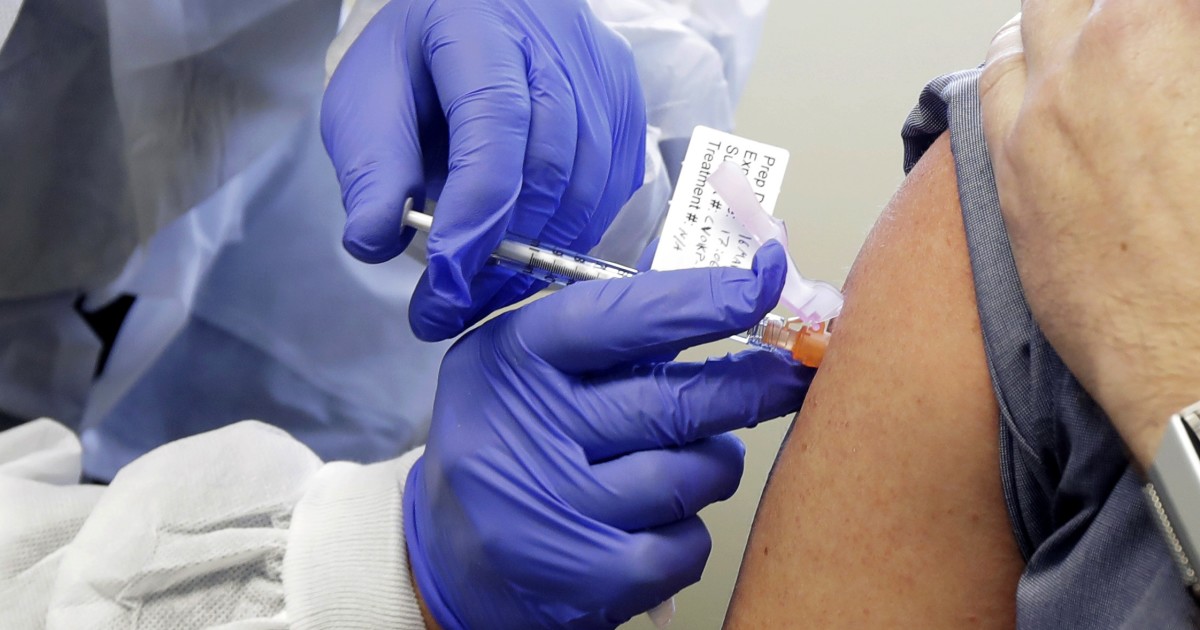
As COVID-19 cases surge and hospitalizations continue to rise across California, Dr. Barbara Ferrer, director of the Los Angeles County Department of Public Health, warned Monday that the county is “at a very dangerous point in the pandemic.” L.A. County’s adjusted case rate has nearly doubled, from 7.6 per 100,000 people last week to 13.7 per 100,000 people this week. The county’s overall test positivity rate increased from 3.8% to 5.3%.
Public Health confirmed 6 new deaths and 2,795 new cases of COVID-19 Monday. Over the weekend, Public Health reported a total of 6,841 new cases; 3,780 new cases for Saturday (the highest one-day total since mid-July) and 3,061 new cases for Sunday. The county has not experienced daily numbers like this since late July, during the last surge that resulted in many people becoming seriously ill and losing their lives to COVID-19.
“Given our recent huge increases in daily cases and now hospitalizations, it is clear that L.A. County is at a very dangerous point in the pandemic,” she said.
The director of public health asked residents to work toward slowing the press of the virus. “There is no path forward for our recovery until we get this pandemic back under control. A surge like the one we are experiencing is not inevitable because the weather is colder, or we are fatigued. Every single day, health care workers and essential workers at grocery stores, driving our buses, and working in factories and farms, go to work so we can get through this pandemic with enough to eat, clothes to wear, and care when we fall sick. We need to honor and thank all our essential workers by not getting infected and passing on the virus to others,” Ferrer said.
Younger residents are among those driving the surge in increasing cases. In the last month, the case rate for residents age 18 to 29 years old has more than doubled, from 11.5 cases per 100,000 people to 25 cases per 100,000 people. The second highest group, residents ages 30 through 49 years old, has nearly doubled from 9.4 cases to 18 cases per 100,000 people.
There are 1,049 people with COVID-19 currently hospitalized and 28% of these people are in the ICU. This is the highest number of people hospitalized with COVID-19 each day since the beginning of September and is the second day in a row the daily number of hospitalized patients with COVID-19 exceeded 1,000.
When compared to other age groups, octogenarians and older senior are bearing the largest burden of serious illness. Furthermore, Pacific Islanders, Latino/Latinx residents and African American/Black residents consistently have the highest rate of hospitalizations across age groups.
As pandemic fatigue sets in, public health officials urge a return to the mindset from earlier in the pandemic. In preparation for Thanksgiving, some have started taking COVID-19 ahead of attending gatherings with those outside their households. But according to Dr. Ferrer, taking a test in hopes of getting a negative result before a gathering can lead to a fall sense of security, as they can still become super-spreading events.
“That’s actually a false sense of security. It’s a false narrative,” she said. “Your test result that you got Saturday morning was from Thursday when you got tested, and it said, ‘On Thursday, you were negative,’” Ferrer said. “It says nothing about whether you’re still negative on Saturday.”
Taking tests ahead of attending a party is “not effective and you really are in some ways wasting a valuable resource,” Ferrer warned.
While testing is essential to identifying people who are positive for COVID-19, tests can provide misleading results.
Antigen tests, which detect proteins on the surface of the virus, provide rapid results but they pose their own problems. “Unlike lab-based, molecular PCR tests, which detect snippets of the virus’s genetic material, antigen tests are less sensitive because they can only detect samples with a higher viral load. The tests were prone to more false negatives and false positives,” according to ProPublica.
“We know that the incubation period for COVID-19 is up to 14 days. And before that, you can be testing negative, and have no symptoms,” Dr. Leana Wen, emergency medicine physician, told CNN’s Holly Yan. “But you could actually be harboring the virus and be able to transmit it to others.”
Furthermore, tests measure a moment in time and a person can be exposed to the virus moments after getting a test and be contagious by the time that person attends a gathering.
With Thanksgiving a week away, health officials urge people to rethink holiday plans and cancel travel arrangements. Residents, especially older individuals or those with underlying health conditions, are encouraged to stay home as much as possible in the coming weeks.
Celebrations with people not in the same household should be held outside and limited to two other households. Indoor celebrations should only occur with member of the same household.
Last week, California, along with Washington and Oregon, released a travel advisory urging visitors entering the state or returning home from travel to self-quarantine to slow the spread of the virus. The advisory urged against non-essential travel.
On Monday, many California counties were moved back to the most restrictive tier on the state’s blueprint to reopening businesses.






